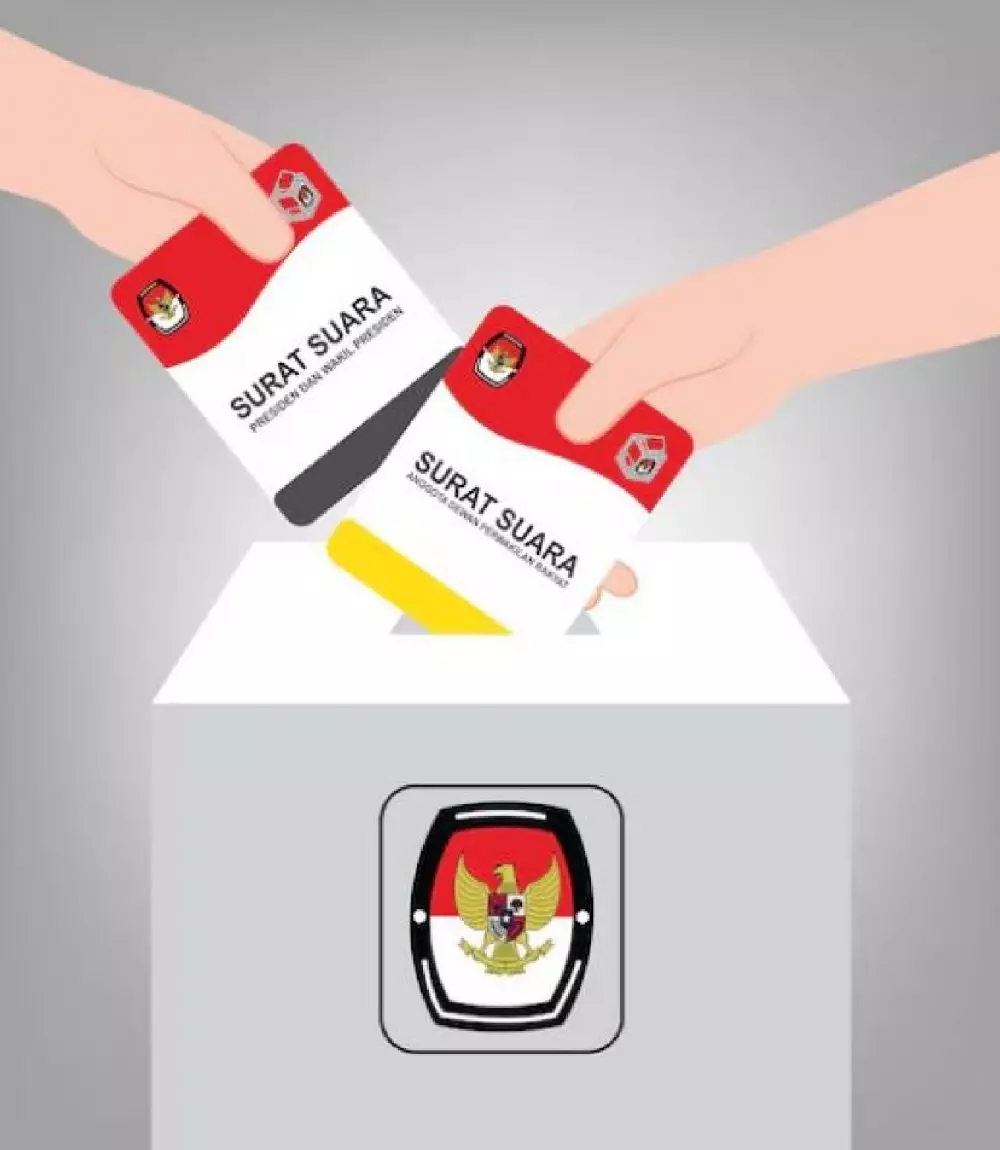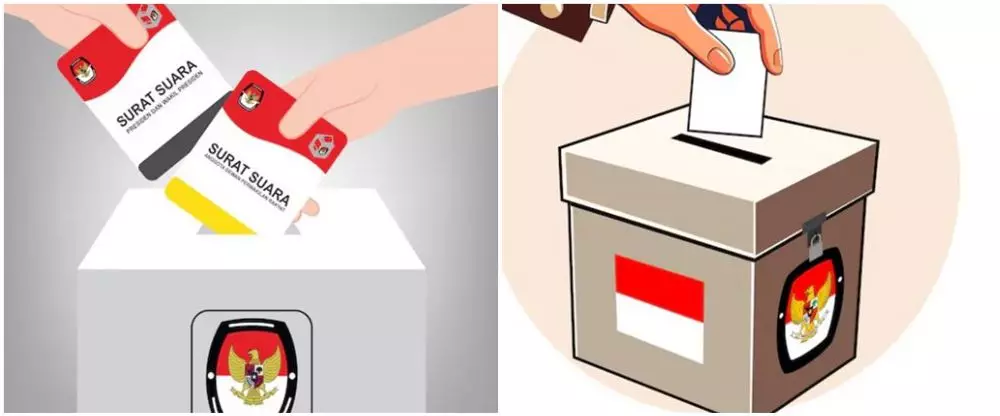foto: freepik.com
Brilio.net - A massive democratic event will soon be held in Indonesia. The 2024 simultaneous Regional Head Elections ( Pilkada ) are scheduled to take place on November 27, 2024.
This democratic party event will be held in 37 provinces, 508 districts and cities throughout Indonesia. In total, there are 545 regions that will elect their new leaders at the same time.
The 2024 simultaneous regional elections are even said to be the largest in Indonesian history. Why? Because for the first time, all provinces in Indonesia will hold gubernatorial elections simultaneously. Not only that, almost all regencies and cities in Indonesia will also elect their regents and mayors at the same time.
As a large-scale democratic event, of course the 2024 simultaneous regional elections require a considerable budget. The funds spent to organize this democratic party reach trillions of rupiah. As a citizen who will participate in the election, you certainly need to know how much budget is allocated for the 2024 regional elections.
In addition to the amount of the budget, it is also important for you to understand where the funds for the 2024 Pilkada come from. By knowing these two pieces of information, you can become a smarter and wiser voter in overseeing the democratic party in your area. Summarized by brilio.net from various sources, Wednesday (28/8), let's discuss further about the budget and sources of funds for the 2024 simultaneous Pilkada!
Legal basis for simultaneous regional elections

photo: freepik.com
Before we discuss the budget further, it is important to know the legal basis underlying the implementation of the 2024 simultaneous regional elections. These simultaneous regional elections are based on Law Number 1 of 2015 concerning the Stipulation of Government Regulation in Lieu of Law Number 1 of 2014 concerning the Election of Governors, Regents, and Mayors into Law.
This law has subsequently undergone several amendments, the last of which was through Law Number 6 of 2020. This amendment was made to accommodate the postponement of the 2020 simultaneous regional elections due to the COVID-19 pandemic and to regulate the implementation of the next simultaneous regional elections in 2024.
In addition, the technical implementation of the 2024 simultaneous regional elections is also regulated in various General Election Commission (PKPU) Regulations. One of them is PKPU Number 6 of 2023 concerning Stages, Programs and Schedules for the Implementation of the Election of Governor and Deputy Governor, Regent and Deputy Regent, and/or Mayor and Deputy Mayor in 2024.
The amount of funds for the 2024 Simultaneous Regional Elections

photo: freepik.com
You might be wondering, how much money is actually needed to organize the 2024 simultaneous regional elections? Based on data from the Ministry of Finance (Kemenkeu), the total budget proposed for the implementation of the 2024 simultaneous regional elections reached IDR 37.52 trillion.
This figure is certainly not a small amount. However, it should be remembered that the budget will be used to organize elections in 545 regions throughout Indonesia. The budget allocation will be distributed to two institutions, namely the Regional KPU of Rp28.76, and the Regional Bawaslu of Rp8.76 trillion.
The scheme for distributing these funds starts from the Regional Government which submits it to the Ministry of Finance, then the Ministry of Finance will distribute it to the Regional KPU and Regional Bawaslu.
Source of funds for the 2024 Simultaneous Regional Elections

photo: freepik.com
So, where are the sources of funds to finance the 2024 simultaneous regional elections? There are several main sources that support regional election funding, namely:
1. State Revenue and Expenditure Budget (APBN)
The APBN is one of the main sources of funding for the 2024 Pilkada. Funds from the APBN are mainly used to finance national activities, such as procurement of election logistics and honorariums for polling officers.
2. Regional Revenue and Expenditure Budget (APBD)
In addition to the APBN, Pilkada funding also comes from the APBD of each region. This fund is used to finance local activities, such as Pilkada socialization at the regional level and TPS security.
3. Grants from the central government to the regions
To help regions with budget constraints, the central government also provides grants to local governments. This grant is intended so that the implementation of Pilkada in all regions can run with relatively the same standards.
4. Other sources that are valid and non-binding
Although rare, it is possible that regional election funding could also come from other legitimate and non-binding sources. For example, assistance from international institutions for voter education programs.
According to data from the General Election Supervisory Agency (Bawaslu), the composition of the 2024 Pilkada funding is estimated to consist of 40% APBN, 50% APBD, and 10% from other sources. However, the exact figure is still waiting for the budget finalization.
By knowing the amount of the budget and sources of funds for the 2024 simultaneous regional elections, you as a voter can be more critical in monitoring the use of these funds. Remember that regional election funds basically come from people's money, either through the APBN or APBD. Therefore, you have the right to ensure that these funds are used effectively and efficiently to realize honest, fair, and democratic regional elections.
So, let's be smart and wise voters! Not only by voting, but also by actively monitoring the use of the Pilkada budget in your area. That way, we can together realize a quality democratic party and provide the best results for the progress of our region and nation.
(brl/lea)